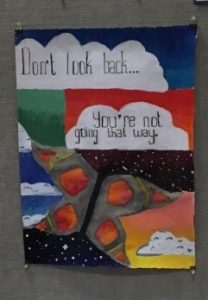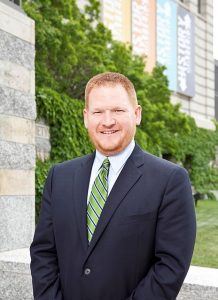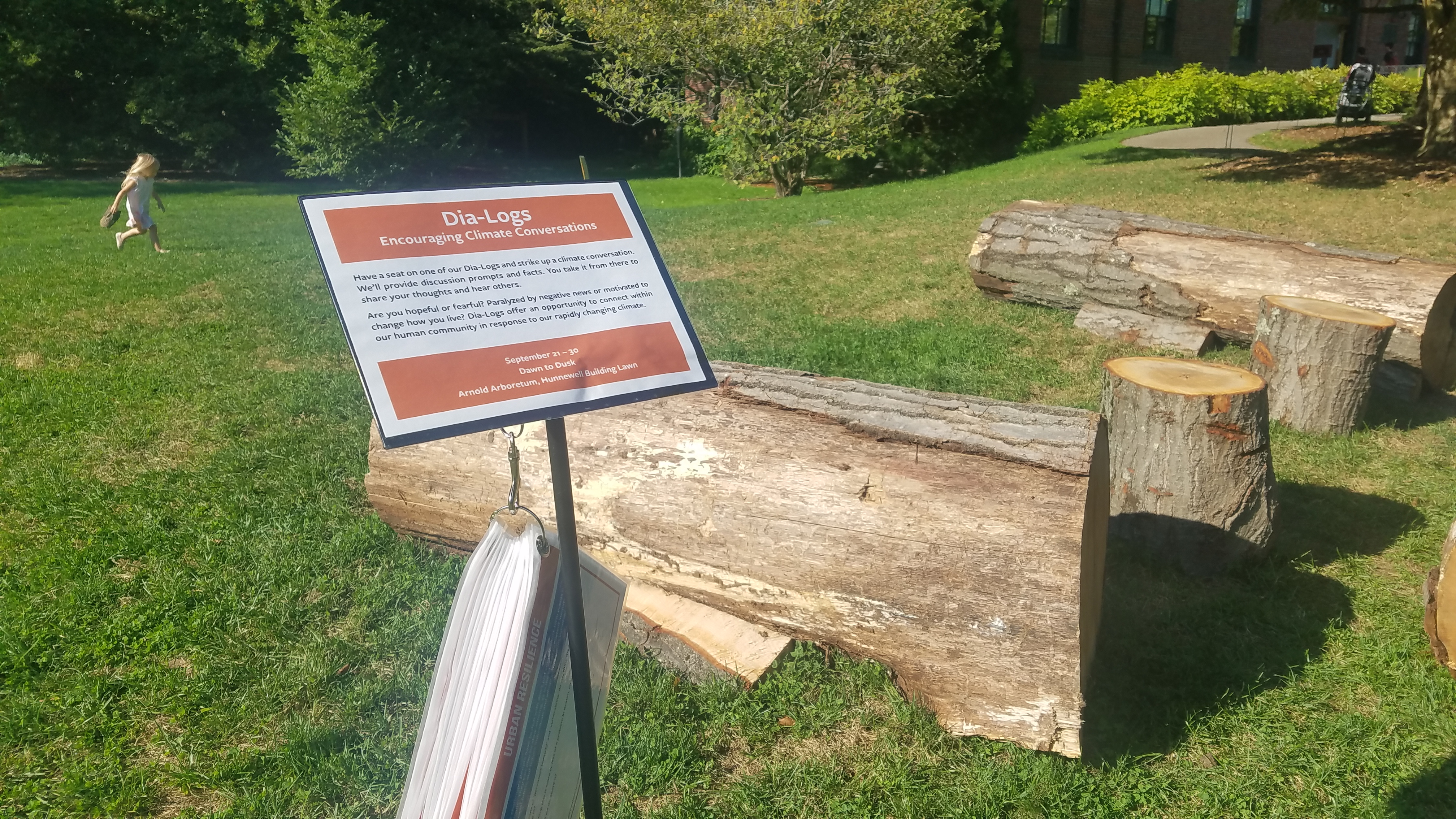by Jorie Thuon
The Keeler Tavern Museum is a historic home and museum located in the town center of Ridgefield, CT. Once a farmhouse, tavern, stagecoach stop, post office, hotel, and home to famous architect Cass Gilbert, the house has …

Featuring profiles of outreach & advocacy in cultural heritage
by Jorie Thuon
The Keeler Tavern Museum is a historic home and museum located in the town center of Ridgefield, CT. Once a farmhouse, tavern, stagecoach stop, post office, hotel, and home to famous architect Cass Gilbert, the house has …
by Emily Murphy
Can you fit an archivist in a backpack? With this provocative question, the team at the Community-Driven Archives Project seeks to break down barriers preventing entry into the field of archives. At the root of the question …
by Verity Ahlin
Boston has no shortage of rich history and distinguished institutions dedicated to preserving that history. Simply walking down Newbury Street will land you at one of these institutions, and may inspire you to investigate your own family …
by Smith Umland
Harvard Business School’s Baker Library Special Collections always takes full advantage of its spot just inside the front door of the library with its exhibitions and it’s no different with Photography and Corporate Public Relations: The Case …
by Hannah Arnow
 The exhibit is hard to miss. As you cross the threshold into Thomas Crane Public Library in Quincy, MA a brightly painted image declaring, “Don’t look back… you’re not going that way” captures your eye. Vivid, …
The exhibit is hard to miss. As you cross the threshold into Thomas Crane Public Library in Quincy, MA a brightly painted image declaring, “Don’t look back… you’re not going that way” captures your eye. Vivid, …
by Angela Lee
“Neighborhood Matters” is an outreach and advocacy project hosted by Northeastern University Libraries’ Archives and Special Collections (ASC). This lunch time series aims at promoting diversity and inclusion by organizing a free public event; its goal includes …
by Christine Jacobson
In her 1893 short story, “The Fullness of Life,” Edith Wharton described a woman’s nature as a “great house full of rooms”:
…“...there is the hall, through which everyone passes in going in and out; the
by Lily Eisenthal
 When the Minnesota Legislature is in session from January to May each year, David Kelliher’s laptop bag becomes his office. As the Director of Government Relations and Public Policy for the Minnesota Historical Society (MNHS), he often …
When the Minnesota Legislature is in session from January to May each year, David Kelliher’s laptop bag becomes his office. As the Director of Government Relations and Public Policy for the Minnesota Historical Society (MNHS), he often …
by Lily Eisenthal
 Early in the autumn of 2019, before the trees making up its extensive collection began changing colors, the Arnold Arboretum of Harvard University offered a series of events and activities for Climate Preparedness Week. It was the …
Early in the autumn of 2019, before the trees making up its extensive collection began changing colors, the Arnold Arboretum of Harvard University offered a series of events and activities for Climate Preparedness Week. It was the …

by Alex Howard
“The North Nashville Heritage Project taught me that the old lady who fried chicken at the church was just as important as the lawyers who bailed the students who got arrested out of jail,” said Dr. Learotha …